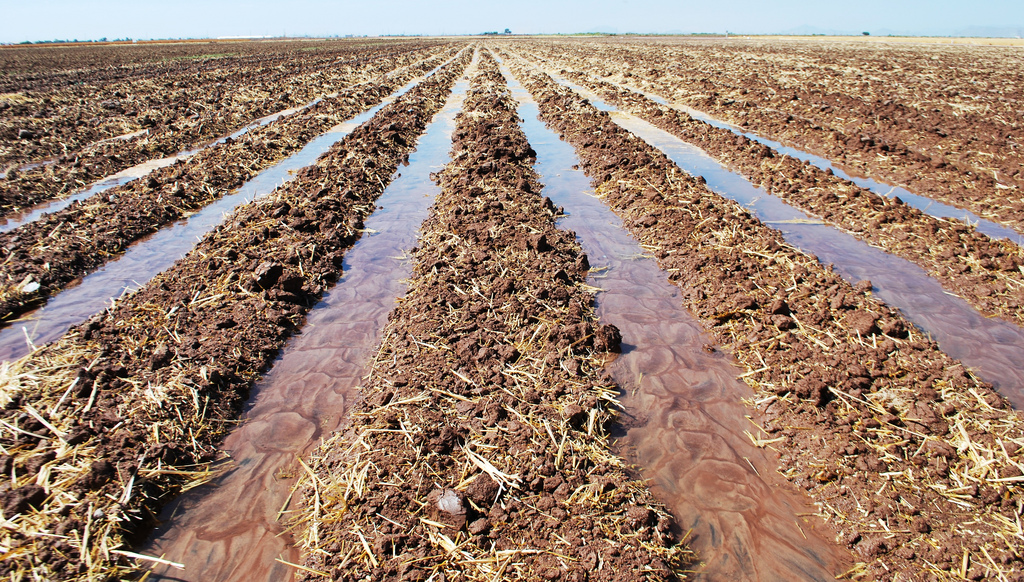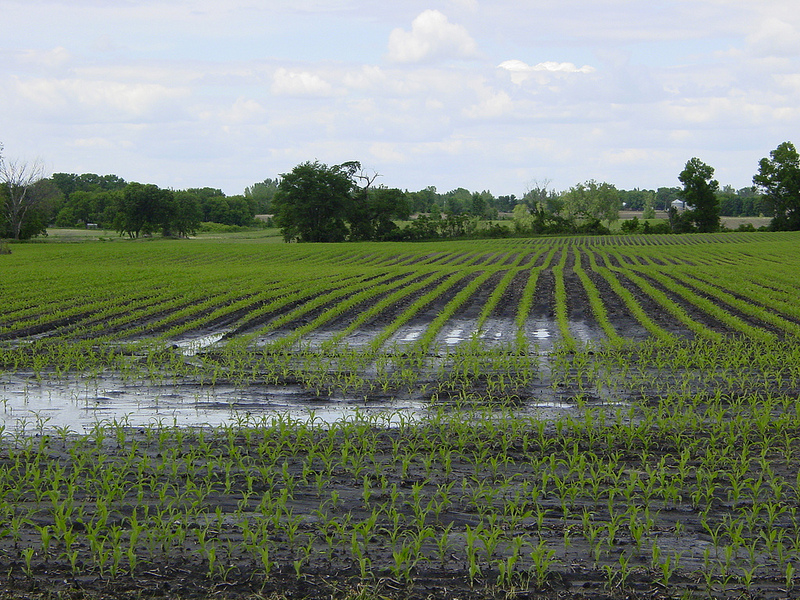Burke and Wills’ ill-fated expedition left many intrigued about the potential of northern Australia. Image: Amanda B Slater.
By Dr Andrew Johnson
On February 11, 1861, Robert O’Hara Burke reached the Gulf of Carpentaria. He described in his diary the environment as “a considerable portion is rangy but it is well watered and richly grassed”.
More than 150 years after the ill-fated Burke and Wills expedition, many Australians consider north Australia to be a place of limitless potential. Throughout the 20th century, governments promoted development in the north. With a few notable exceptions, these have ended in failure.
More recently, state and federal governments of both political persuasions have had the foresight and courage to mandate scientific investigations to quantify the capacity of the north’s land and water assets, and to understand constraints to sustainable development presented by market opportunities, transport infrastructure and land tenure.
The passionate commentary demonstrates the diversity of views and the breadth of misunderstanding about the challenges of the tropics. Indeed, there are perhaps more urban myths about northern Australia than any other part of the nation. So let’s get some facts on the table.
Irrigated fields under conservation agriculture (CA) at CIMMYT's CENEB experiment station near Ciudad Obregón, Sonora, northern Mexico. The raised beds where the crop is planted are clearly visible, as are the furrows where water flows and is distributed more efficiently. Permanent raised beds have improved soil structure and require less irrigation water than conventional tillage and planting on the flat.
Photo credit: CIMMYT.
Renewable groundwater resources can help increase the north’s irrigation area. Image: CIMMYT.
Our scientists have identified the capacity to sustainably double or triple the north’s irrigation area using renewable groundwater resources. The potential is even greater if surface water is used. History has shown the challenges. Unlocking investment requires confidence about the scale of opportunities, and knowing the risks. A scarcity of detailed information about soil and water availability made it difficult to establish water storage options or agricultural productivity estimates or establish locations for irrigation. The cost of acquiring reliable soil, water and agricultural productivity estimates has often been an insurmountable barrier to private and public investors.
Underdeveloped transport infrastructure and long distances increase the cost of accessing inputs and selling outputs, as well as reducing the mass, quality and value of commodities.
Inconsistency in land and water regulations across jurisdictions and lack of clarity within them poses significant barriers to investment. Northern Australian tenure systems are complex. There are multiple, often overlapping tenure types for the same piece of land. Administrative arrangements vary across state boundaries. There are new and emergent tenures for water and carbon that are uncertain and are evolving.
We’re working to improve irrigated agriculture practices. Image: Kay Ledbetter.
Despite this, there are positive developments. In the Gulf country, the federal and Queensland governments, with our researchers, have demonstrated methods for rapidly and economically quantifying water flow and function, identifying water storage options, constructing soil maps of high precision and combining them to establish estimates of regional agricultural production potential. In the east Kimberley, the tireless efforts of government and the community are now driving profound positive change in the Ord. These examples provide a blue print for irrigated agriculture across the north.
The establishment of mosaic irrigation for the beef industry will enable increased productivity by overcoming seasonal feed shortages and intensifying production. This will allow producers to improve long-term viability. A year-round feed supply will also enable more efficient use of existing beef industry infrastructure.
Smarter transport logistics that deliver least-cost pathways for existing infrastructure – critical where rerouting is often required in response to flooding – is essential. A focus on logistics will prioritise investment in strategic infrastructure such as holding yards, rest stops, road configuration, the location of abattoirs and more efficient use of ports.
Smarter transport logistics will help aid our response to agricultural flooding. Image: Alternative Heat.
We also need to address property rights. Changes to land tenure regimes have the potential to transform indigenous communities from welfare dependency to economic participation as well as creating a more positive environment for investment. Changes to tenure arrangements are under way that aim to enable more diverse uses and clarify access and use rights. Future efforts must continue to focus on pastoral lands and in clarifying Indigenous interests in land and water.
Perhaps at no time since Federation has the nation’s interest in the north been so strong. A positive agenda will benefit all Australians, especially indigenous peoples. Whatever the actions taken, many will take time to implement; there are no easy fixes. They require patience, persistence, flexibility and a long-term commitment from all stakeholders.
CSIRO Group Executive Andrew Johnson chairs the expert panel advising the Northern Australia Ministerial Forum.






10th July 2013 at 4:25 pm
I liked the article Andrew. You raised in my mind the need to reflect on why previous pushes to develop the north have failed. I also wonder if the focus of your article is too much centred on agricultural development – especially under the annual threat of cyclonic destruction. What about other potentially low hanging fruit, such as locating business in the north which value add to, or service, the existing mining industries?
11th July 2013 at 12:16 pm
Hi Angus – thanks very much for your message and glad that you enjoyed my article.
You are right to point out the need to reflect on why previous efforts have failed and to use this insight to ensure that in the future the same mistakes are not made. In particular, it will be essential that all of the key factors – soils, water, climate/weather, ecology, energy, infrastructure, skills, services, logistics, property rights/tenure, community attitudes, cultural values, markets etc etc – are explicitly considered simultaneously rather than in isolation of one another. It will also be very important, as you point out, that any new activities seek to leverage off existing physical and human infrastructure – both to achieve scale quickly, but also because the capital needed for truly “green-fields development will be hard to attract in tough economic times. You also touch on the weather in your comments – it will be necessary to ensure that any new development is fit for purpose so that it can be both resilient and robust in the face of extreme events.
Regards,
Andrew Johnson
15th June 2013 at 7:45 pm
Lets get it right in the top end and start using the existing transport routes water we are among the verry few nations on earth that has not developed the next basic transport system after walking the use of water. Most countries eaven from ancient times including our indegenious peoples have us water as a major transport corridorwith modern techonoliges the interconnection of water ways both permanant and sesonal water channels would have to be the most cost effective long term soulition. Keeping in mind that the vast majority of the worlds canal systems were constructed by man and anamial power alone. So lets put sence before personal/ coporate cents and develope a truly cost affective transport sustem.